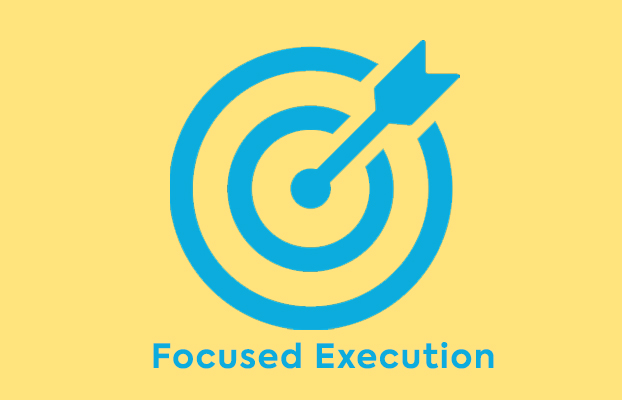"The Advantages of Integrating OKRs with Agile for Organizations: Optimizing Success with OKRs in an Agile Environment"
Organizations are continuously seeking for methods to enhance their operations and remain competitive in the fast-paced, cutthroat business environment of today. Leveraging the effectiveness of OKRs in an Agile context is one of the best methods to accomplish this. The use of OKRs, or Objectives and Key Results, as a framework for establishing and monitoring particular goals can revolutionise the way that businesses pursue their goals.
What are Objectives and Key Results (OKRs)?
A framework for defining goals called OKRs includes a succinct and obvious objective as well as a number of significant results that indicate how far you've come. The key results are measures that show progress towards the target, while the objective is a precise, measurable, and time-bound goal that a person or organisation wishes to accomplish. OKRs offer individuals and organisations pursuing their objectives clarity, alignment, focus, and feedback.
The Benefits of Integrating OKRs with Agile
Organizations can benefit from OKR in agile and enhance their processes by introducing OKRs into an Agile approach. Agile's OKRs can:
- Align the work of teams and individuals with the overall vision and strategy of the company by ensuring that everyone is working towards the same objectives. By using OKRs, teams and individuals may better align their efforts with the organization's overall vision and plan.
- Create a culture of responsibility and continuous development by using OKRs, which offer a framework for monitoring progress and finding areas for improvement. This can assist organisations in creating an environment where accountability and improvement are valued.
- More visibility into the work being done and the progress being achieved thanks to OKRs can lead to improved communication and collaboration between teams and individuals.
- Improve concentration and transparency: OKRs offer a simple and clear vision of what needs to be accomplished and how progress will be measured, which can increase focus and transparency.
Good OKR in Agile Examples
Here are some good OKR examples to help you understand how OKRs can be used in an Agile environment:
Objectives
Improve product quality by 15% in the next quarter
Key Results
- Implement a new testing process to catch defects earlier in the development process
- Conduct regular code reviews to identify areas for improvement
- Train team members on best practices for coding and testing to improve product quality
Objectives
Increase customer engagement by 20% in the next year
Key Results
- Develop a new customer engagement program to increase customer interactions
- Implement a new customer feedback mechanism to gather customer feedback and act on it
- Offer personalized customer experiences through the implementation of a customer relationship management system
Objectives
Reduce development time by 25% in the next quarter
Key Results
- Implement a new development process to improve the speed of delivery
- Automate repetitive tasks to reduce manual effort
- Increase collaboration between teams by 20% through regular cross-functional meetings
Visit our OKR example page for hundreds of objective and key result examples.
In conclusion, organisations striving to accomplish their goals can greatly benefit from using OKRs in an Agile context. OKRs offer a framework for establishing and monitoring specific goals, which can help organisations foster a culture of accountability and continuous improvement, improve communication and collaboration, and increase transparency and focus. They also help teams and individuals align their work with the organization's overall vision and strategy. Organizations can increase their success and accomplish their objectives by employing effective OKR examples and incorporating OKRs with an Agile methodology.



